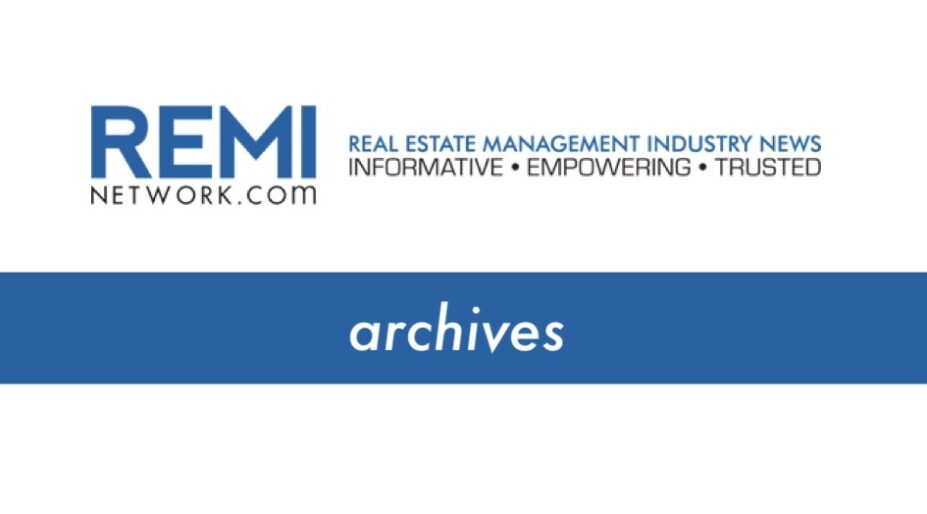What is lease verification?
Lease verification is a process of ensuring the negotiated terms of a company’s commercial premises lease are accurately reflected in the rental billings received from its landlord. Rent, for most businesses, is the second highest expense after labour. Performing a lease verification is essentially a due diligence process to protect all of the stakeholders in the company’s business — customers, shareholders and employees.
Leases are complex documents, typically compiled by a team of specialists including those with leasing, legal and financial expertise. For a variety of reasons, sometimes these hard-won negotiated lease terms are not translated into business practice.
Lease verification combines skills in reading and interpreting leases with knowledge of accounting processes and practices to ascertain whether or not the agreed upon terms of the lease and the accounting treatment of such agreements are consistent with one another. In instances where the lease terms and the accounting treatments are not consistent, rental savings can result.
Say, for example, that a company’s premises represent a 15 per cent proportionate share of a building and the lease requires that parking garage expenses be deducted from the operating costs. If it’s determined through the lease verification process that parking expenses (e.g. cleaning, electricity, security, insurance, maintenance and repairs) have not been deducted or excluded, in an amount of $35,000, performance of a lease verification would yield savings in the amount of $5,250 (five per cent of the total overcharge).
There are generally three levels of lease verification:
Level one
This is a simple verification of the year-end operating cost reconciliation invoice, received annually from the landlord. It includes verification of completeness of the year-end package, proportionate share calculations, rent installments paid, mathematical accuracy of the invoice, year-over-year line item variance analysis of the statement of operating expenses (audited or not) and general lease compliance.
Level two
This builds upon level one, where warranted, and includes the preparation of a questionnaire to the landlord requesting further supporting documentation and/or details relating to the landlord’s methodology, allocation, and/or calculations for analysis and verification.
Level three
This includes the steps taken in levels one and two, plus, where warranted and permitted by the lease, a detailed review of the landlord’s operating cost records (trial balances, general ledgers, invoices), verification of expense methodologies, expense allocations, calculations and/or accounting treatments not readily apparent from the year-end package.
In addition to potentially identifying current year savings for tenants, in some instances the lease verification processes may identify issues that will result in future year savings for tenants. Further, lease verification can provide information that will lead to stronger leases by identifying opportunities for further savings during future leases and renewal negotiations.
Wendy J. Burgess is the director of lease verification at Ellington Tenant and Facilities Services. She can be reached at wendy.burgess@ellingtonre.com.





